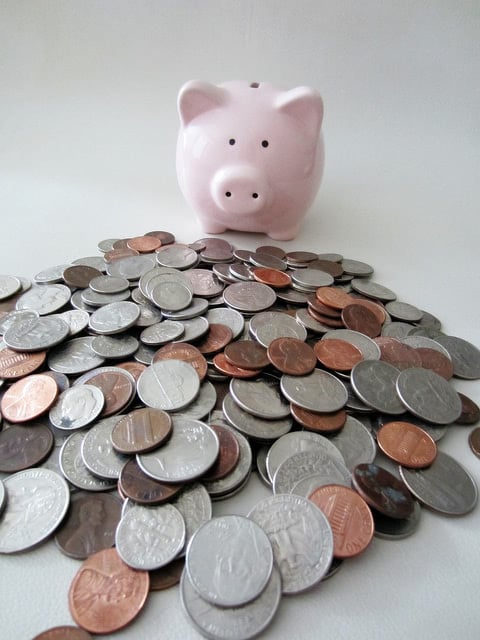
Source: Flickr user 68751915@N05.
Are you feeling stressed about your student loan payments?
Don’t worry, you’re not alone. Each year, hundreds of thousands of students graduate from college with debt. Some borrowed more than others, but almost all students agree that paying back your student loans can affect everything from buying a new car to buying your first house or even having children.
Don’t worry. If you’re struggling with your student loan payments, there are almost certainly some options available to you.
While some students may be able to qualify for things like forgiveness or forbearance on their debt, the majority of students won’t be able to simply make their loans go away. But almost every student can use either one or a combination of these three strategies to help start saving money and making their payments more manageable:
1. Consolidate your student loans
If you have not already looked into student loan consolidation, this should be your first step. Consolidating your student loans will not only make your life easier (fewer payments and due dates) but can also save you money.
Students can start saving money by compiling their debt into one single payment because they qualify for better terms on their loan. This may mean longer financing terms or lower interest.
Good things about student loan consolidation:
- Can simplify your student loan repayment schedule
- Can lower your monthly payments
- May qualify you for extended financing or better terms
- May qualify you for additional repayment options (such as income-based repayment)
Bad things about student loan consolidation:
- May extend your repayment period
- If your repayment period is extended, you will pay more in interest over the life of your loan
2. Refinance your student loans
If you’ve already consolidated your loans or consolidation isn’t right for you, then you may look into options to refinance.
As with consolidation, there are some good and bad aspects to this strategy. It can save you money and, depending on the composition of your loans, simplify your repayment considerably. But, refinancing, too, has the potential to extend your repayment period and add additional interest costs to the life of your loan.
If you have existing private loans that you have refinanced previously, you may be able to get a better interest rate than when you originally took out those loans. But, if you’re refinancing your federal loans through a private lender, you may lose some of the protections that are available via the federal student loan programs.
Good things about student loan refinancing:
- Can qualify for lower interest rate
- Can reduce monthly payment
- May save money over the long term if you’re able to qualify for lower interest rates
- Can simplify loans by refinancing and consolidating at the same time
Bad things about student loan refinancing:
- May cost more over the life of the loan if the refinancing terms involve a longer payback period
- May eliminate the opportunity for deferral, forbearance, or income-based repayment options if federal loans are refinanced through a private lender

3. Income-based repayment plans
Almost all federal student loans are eligible for a number of income-based repayment plans through the U.S. Department of Education.
These can be a great option for students who need to restructure their loan, or if their long-term plans include pursuing Public Service Forgiveness.
As with refinancing and consolidation, there are some potential drawbacks to these programs as well. Although they may offer you a lower payment in the immediate future, it could mean paying much larger payments in the future as your income increases. It can also lock you into a longer repayment period than you’d like if your income remains low for many years.
Good things about income-based repayment plans:
- Can lower your monthly payment immediately
- Usually based on a percentage of discretionary income, which means you won’t be forced to pay more than you can (theoretically) afford
- May qualify you for loan forgiveness after 20-25 years
Bad things about income-based repayment plans:
- Likely extends your repayment period until loan forgiveness
- Choosing income-based repayment locks you into that program for the life of your loan
- Payments could increase considerably if income also increases
Choosing the Right Strategy to Save Money on Your Student Loan
You’re probably reading over these three strategies and thinking to yourself that none of them sound quite perfect.
Of course, that’s correct. None of these options are meant to “free” students from their student loan debt. Instead, they’re created to allow students to manage the amount they owe.
As a student, it’s up to you to determine which one is right. There are many factors to consider, but the most important thing is to consider not just the short-term implications, but also the long-term impact that any of these strategies might have. Is lowering your monthly payment today worth possibly paying more over the life of the loan? Depending on your circumstances–and your career–this may make sense, or it may not.
So, carefully consider your options, your plans, and your goals. Then decide which one makes the most sense for you.


